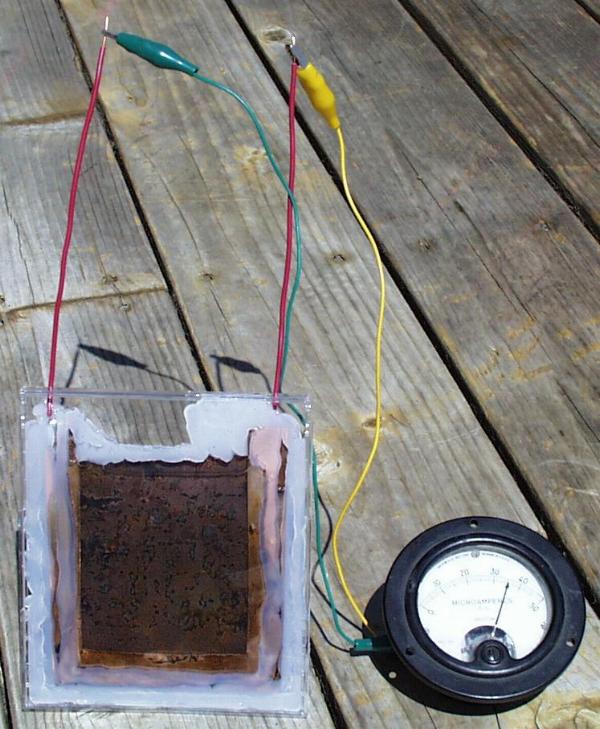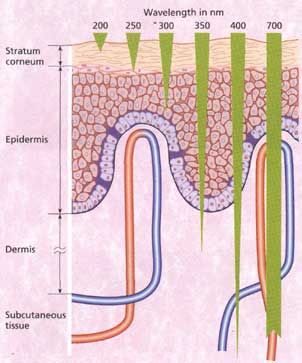- Halogen of the Week
- Scientific Explorations - Science Toys
- Alchemy - what's this?
1. Halogens -
The halogens or halogen elements are a series of nonmetal elements from Group 17IUPAC Style) of the periodic table, comprising fluorine, F; chlorine, Cl; bromine, Br; iodine, I; and astatine, At. The undiscovered element 117, temporarily named ununseptium, may also be considered a halogen. (old-style: VII or VIIA; Group 7
The group of halogens is the only group which contains elements in all three familiar states of matter at standard temperature and pressure.
Chlorine (IPA: /ˈklɔəriːn/, Greek: χλωρóς chloros, meaning "pale green"), is the chemical element with atomic number 17 and symbol Cl. It is a halogen, found in the periodic table in group 17 (formerly VIIa or VIIb). As the chloride ion, which is part of common salt and other compounds, it is abundant in nature and necessary to most forms of life, including humans. In its common elemental form (Cl2 or "dichlorine") under standard conditions, it is a pale green gas about 2.5 times as dense as air. It has a disagreeable, suffocating odor that is detectable in concentrations as low as 3.5 ppm[1] and is poisonous. Chlorine is a powerful oxidant and is used in bleaching and disinfectants. As a common disinfectant, chlorine compounds are used in swimming pools to keep them clean and sanitary. In the upper atmosphere, chlorine based molecules have been implicated in the destruction of the ozone layer. (gotta love Wikipedia)
2. This is what science is all about - understanding the processes and mechanics of nature! I found the solar cell particularly amazing. While not being practical or efficient, I understand better how and why a solar cell works. I look forward to more innovations of solar energy-capturing technologies in the future.

3. Alchemy - the root of chemical science. When combined with astronomy, the root of mathematics and physics, we have a completely amazing understanding of the natural world in the context of the natural world.
It is my understanding that alchemy is the practical application of the inner knowledge that spontaneously arises through being still and doing nothing ('non-conceptual meditation' as my teacher calls it;
zuowang - to sit & forget). So in a sense, alchemy is the fluid activity that arises out of the stillness and is manifest in various forms that sometimes look something like science, or something like art, and sometimes have a magical or "difficult to grasp" quality.

Alchemy is an artistic investigation and play that when harmonized with the natural power of nature, becomes naturally 'magical' and mysterious to those who do not understand the ways of nature. Alchemy is simply the playful interaction we have with our surroundings (heaven & Earth | Yin & Yang)
Laozi says, "My words are easy to understand and easy to apply, yet no one in the world can understand them and no one could apply them. Words have their origin, and events have their leader. Only because of prevailing ignorance am I not understood. The fewer who understand me, the more precious I am. So the sage wears the shabby cloth, but holds treasures within."
| translated in a slightly different way:
"My words are easy to understand and easy to put into practice. Yet few people in the world can understand them, and fewer still put them into practice. My words have a view, and my practice has a precedent. if you do not apply the view and practice it is difficult to understand me. Those who understand are rare and those who practice are rare, indeed. Yet, it is by these few that we can measure the greatness of the Way. The adept practitioner shows an unrefined appearance, but conceals precious jade."
With respect to science and the Modern Mind-view, Laozi's words respond:
"I see that those who want to take over the world and manipulate it do not succeed. The sacred mechanism of the world cannot be manipulated. Those who manipulate it will fail, those who hold onto it will lose it. Matter either leads or follows, heats or chills, strengthens or weakens, enhances or destroys. So the sage abandons extremes, extravagance, multiplicity."
In this way, we may begin to understand how trying to break apart and force the natural world and our own bodies (which are intimately connected to the natural world) to behave and perform and react however we desire, will ultimately lead to failure and dissolution of our desires.
Alchemy, both Western and Eastern, are harmonizing arts that explore the playful and abundant qualities of reality/experience through working with the subtle and dense substances of what is considered to be sacred and powerful stuff.











